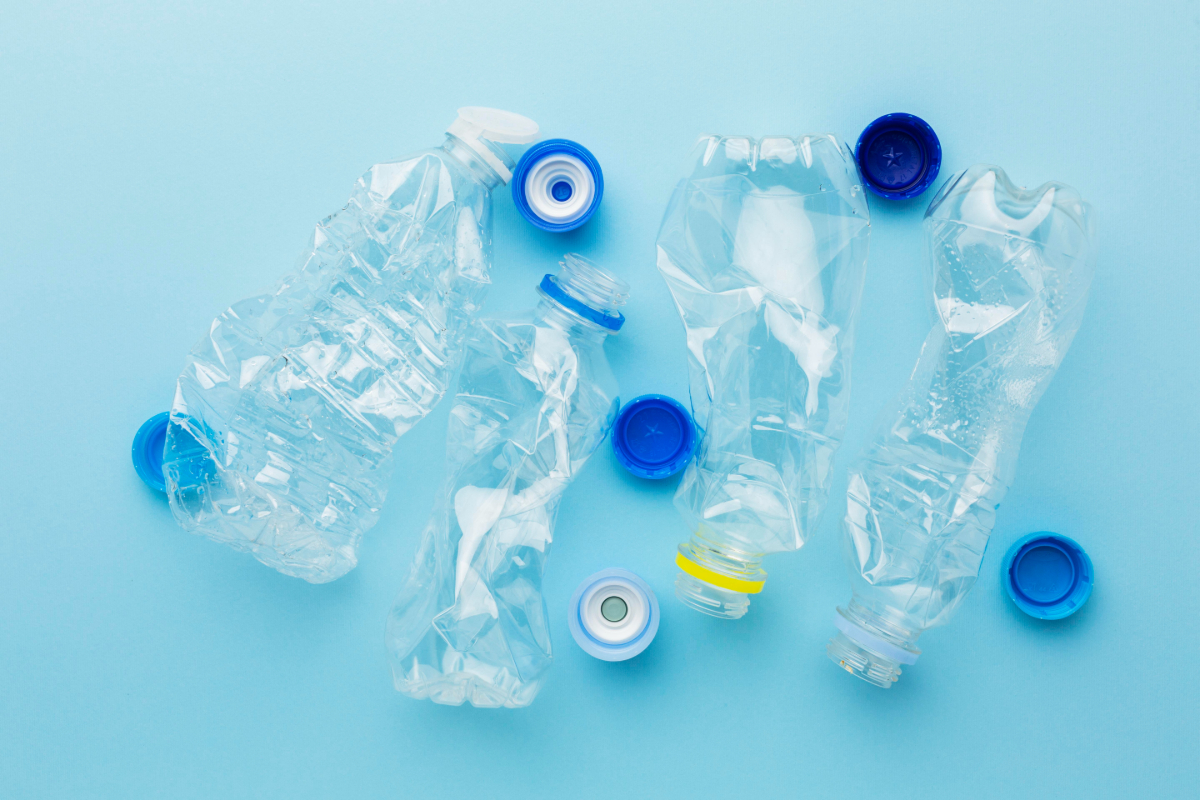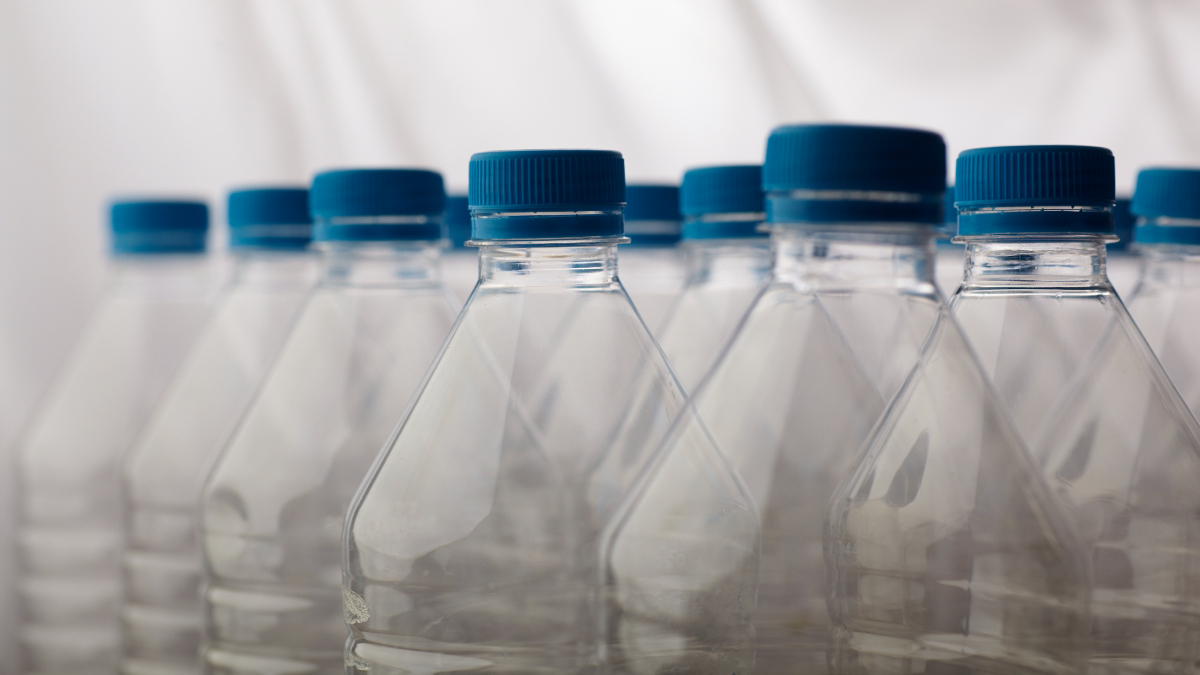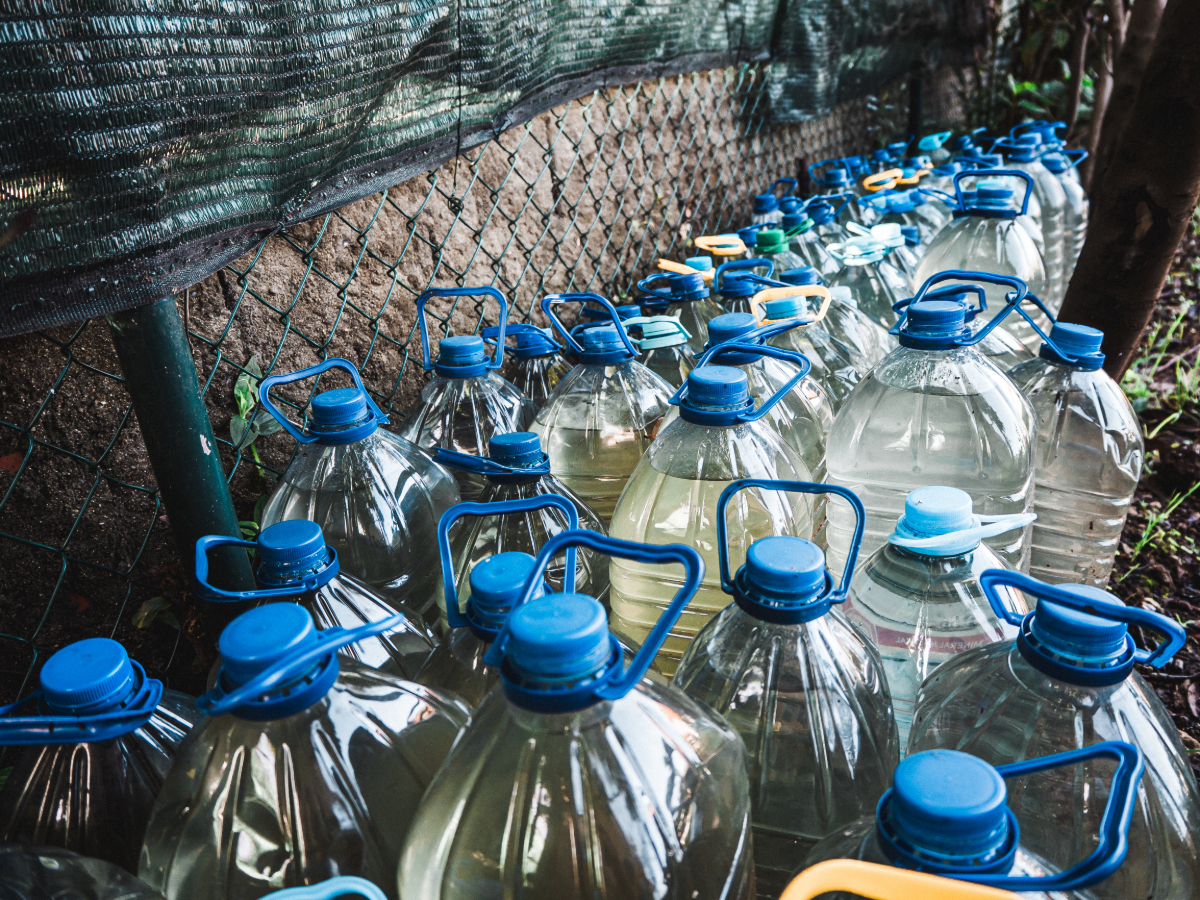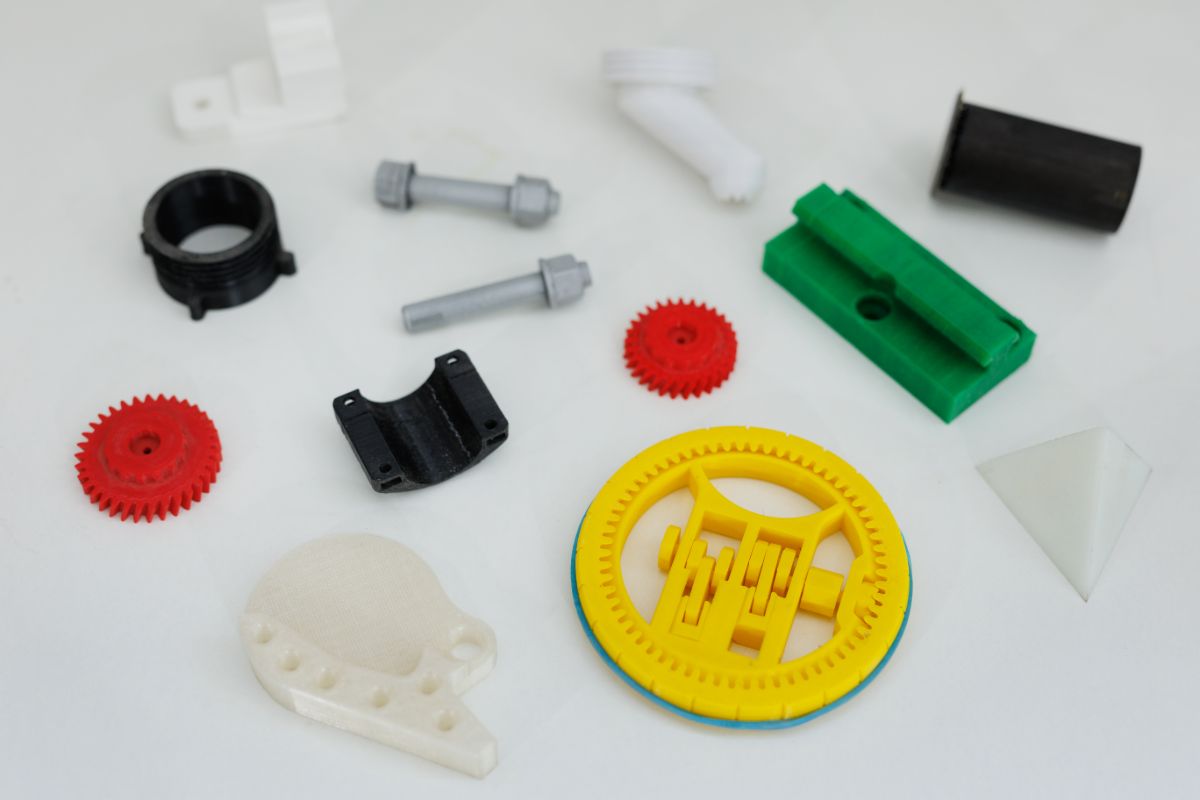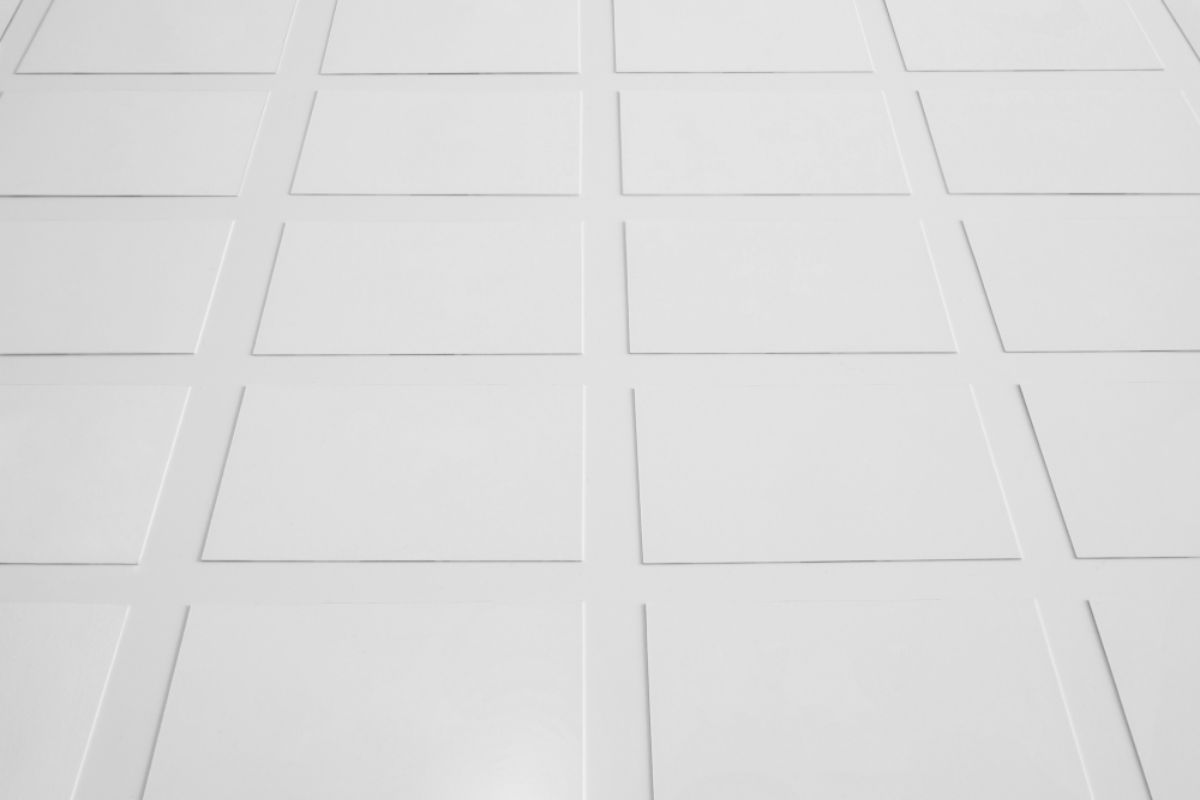What are the differences between thermoset plastics vs thermoplastics?
- Curing process
- Features and structure
- Types
- Advantages
- Disadvantages
- Applications
There are two main types of plastic polymers: thermosets and thermoplastics. While their names may be similar, they have varying characteristics that set them firmly apart. This influences their performance and capabilities, making them ideal for different uses. In this post, we go through the key differences between thermoset plastics vs thermoplastics. By understanding this, you will be able to make better sourcing decisions and designs for your plastic product.
Curing Process
Thermoset plastics undergo a fundamental chemical change during their curing process. They’re created using polymers that cross-link together during this process, which forms irreversible bonds. This chemical bond renders thermoset plastics incapable of melting.
In contrast, the curing process for thermoplastics is completely reversible. Thermoplastics have polymers that maintain the same chemical structure, no matter if it’s in a liquid or a solid state. Due to this, no chemical bonding takes place between the polymers when they are melted and cooled. Since no bonds are formed, thermoplastics can be reheated and remodeled without impacting their existing mechanical properties.
Features and Structure
Once thermoset plastics have been processed, they are permanently solid. While they are still formable and malleable in their liquid state, they become completely solid when heat is applied. Once this happens, there is no way to revert it to its liquid state. Instead, applying heat will only burn the material.
A thermoset’s chemical structure significantly improves the plastic’s mechanical properties once it’s cured. It has enhanced chemical and heat resistance and improved structural integrity. Thermoset plastics are also highly valued for their resistance to warping and deformation.
A thermoplastic’s chemical structure allows it to be formed and reformed multiple times over — you just need to apply heat. Even when it goes through a melting and forming process multiple times, there will be no discernible changes to its structure and its mechanical properties.
When a manufacturer purchases thermoplastics, they come in the form of tiny plastic pellets. These pellets are meant to be evenly heated until they shift into their liquid form. Then, the molten plastic is poured into a mold, where it is formed to the desired shape.
Types
Thermoplastics and thermosets are both incredibly common in many industries and can be found in a wide variety of products. This is because many types of resins are under each category. Generally, thermoplastics tend to be more popularly used and identified.
Some examples of thermoset materials are:
- Polyester
- Silicone
- Melamine
- Polyurethane
- Epoxy
- Urea-formaldehyde
Due to their ability to resist many elements, thermosets are often used to reinforce another material’s structural properties. Overall, they are a strong and stable plastic to work with. They are particularly suited for sealing products to protect them against damage or other deformations.
Some examples of thermoplastic materials are:
- Acrylic
Polycarbonate
Nylon
Polyvinyl Chloride (PVC)
Polypropylene
Polyethylene
Thermoplastics are used to create many commercial items that are found at home. These materials are valued for their ability to provide high strength, flexibility, and shrink-resistance qualities for plastic products.
Advantages
Both types of plastic vary in their structure, which provides different advantages to using either material. It’s important to note that since both materials vary, one can’t be considered better than the other. Their advantages merely make them more suited to specific situations.
The advantages of using thermoset plastics are:
- Hard and rigid.Highly stable and impact-resistant.
- More resistant to heat and chemicals.
- Can be combined with other materials such as kevlar, carbon, and fiberglass to enhance their performance.
While the chemical makeup of thermosets means that they are less flexible than thermoplastics, they tend to be the more durable and long-lasting option due to their advantages.
The advantages of using thermoplastics are:
- Can be recycled and remolded for new uses.
- Resistant to corrosion, impact, and chemical exposure.
- Many types of thermoplastics are food-safe.
- Highly customizable with many finishes, such as anti-static coatings, antimicrobial finishes, and other option to add color and texture.
- Can be blended with filler materials to improve strength and other features.
Can easily be shaped through injection molding processes.
Because of the advantages of using thermoplastics, they can be used for a wide range of plastic products. In some cases, they are the more versatile option — plus, they can be more eco-friendly to manufacture.
Disadvantages
Like any material, both thermosets and thermoplastics come with a few disadvantages. This is caused by their chemical structure and their differences in capabilities and mechanical properties.
These are the disadvantages of using thermoset plastics:
- Thermosets cannot be recycled or reused
- They are more difficult to surface finish
- Once cured, they cannot be remolded or reshaped
There is a higher risk of creating errors during the thermoset manufacturing process. This is due to its permanent chemical structure — once it sets as a solid, there is little you can do to rectify that error.
The disadvantages of using thermoplastics are:
- Not suitable for high-temperature applications
- Susceptible to creep
- Can also be more expensive than thermosets
Due to their moldability, several problems can arise when using thermoplastics. They have a weak resistance to heat and creep, which makes them a poor choice for high-heat and high-stress environments.
Applications
There are many applications for thermoset plastics, due to their improved resistance to heat, chemicals, and stress. Thermosets can be used to create impact-resistant laminates and coating, which also protect appliances and technology from heat damage. Thermosets are also often used to create coatings, foam seals, and adhesives, as they are difficult to break or tamper with. Some types of thermoset can also be found in wheels, for their ability to withstand friction and heat.
Thermoplastics are also commonly found in consumer goods. Since most of these products don’t get exposed to high levels of heat or chemicals, they are a suitable material. They can be found in keyboard keycaps and electronics casings. Thermoplastics are also used to make everyday things like food containers, shampoo bottles, plastic toys, and other household items. Single-use plastics like water bottles and plastic bags are also typically made from thermoplastics.
Key Takeaway
The choice between a thermoset plastic vs a thermoplastic depends heavily on the product’s intended use. Knowing the key differences between these two categories of plastic will help you determine which material is right for you. If you’d like to take a closer look at the types and resins of plastics you can use, contact Richfields today! We can answer any of your questions, and even provide our plastic injection molding services for your product.

